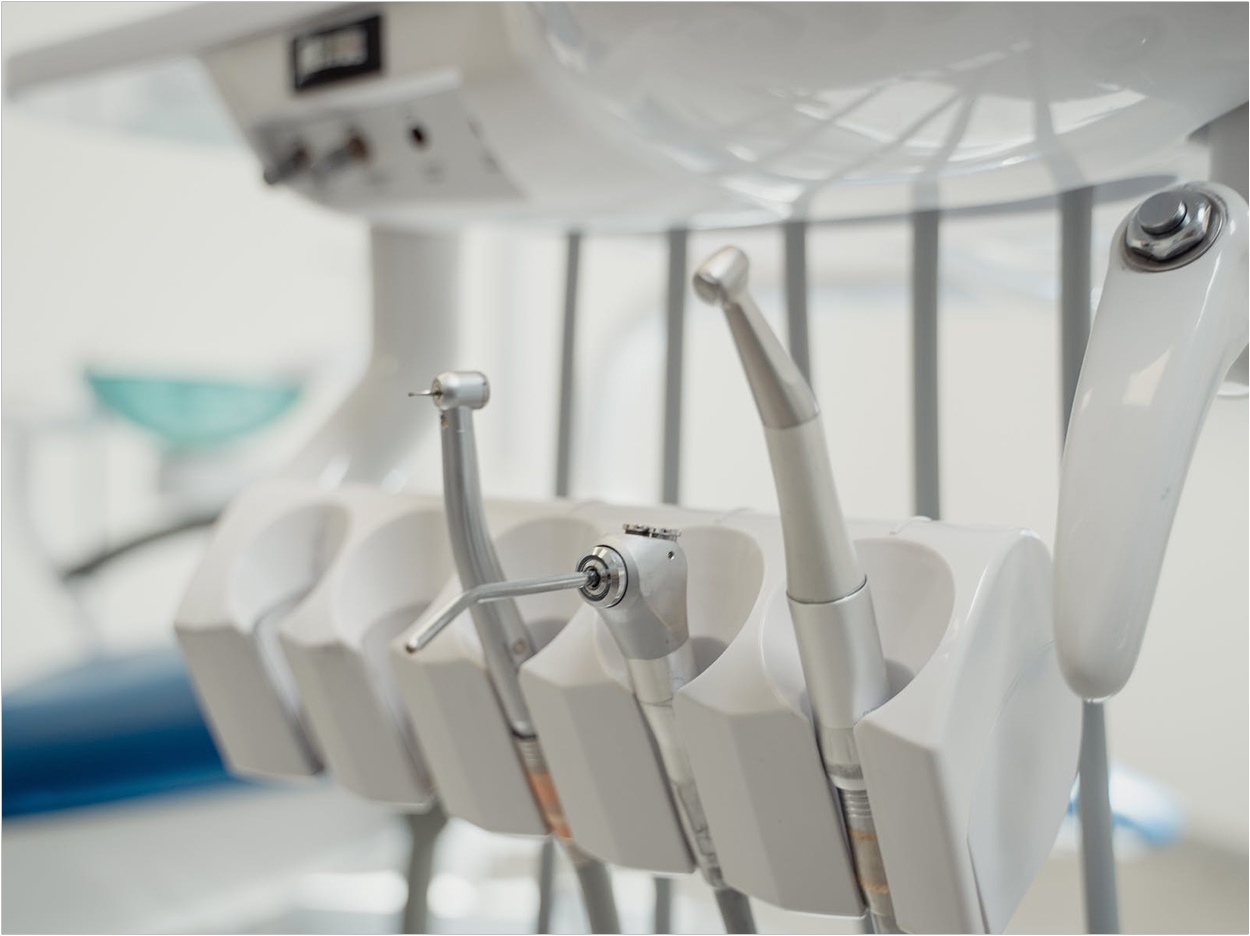
Many common dental procedures have very low risk for increasing the aerosol spread of COVID-19, according to the University of Bristol, while some procedures such as ultrasonic scaling did not generate any aerosol other than from the clean instrument itself.
Conducted by the University of Bristol, University Hospitals Bristol, the Weston NHS Foundation Trust, and the North Bristol NHS Trust, the study is the largest to date to specifically measure aerosol generation from dental instruments in real-patient clinical scenarios, the researchers said.
As part of the AERosolisation and Transmission of SARS-CoV-2 in Healthcare Settings (AERATOR) study, the research aimed to measure the amount of aerosol produced by a range of dental procedures caried out on patients.
Where aerosol was detected in patient procedures, the researchers compared the size distributions of the aerosol to the aerosol produced by the dental instrument itself when used in a non-patient phantom head control.
The study found that ultrasonic instruments commonly used for dental scaling produced much lower aerosol concentrations than the high-speed dental drill despite both instruments requiring the same precautions.
Also, aerosol produced during ultrasonic scaling was consistent with the clean aerosol produced by the instrument itself and did not show that additional aerosol is produced that could potentially spread COVID-19.
“Our study confirms much of the guidance around dental procedures deemed as low risk of spreading COVID-19 is correct but suggests that the ultrasonic instrument could be seen as lower risk than it currently is,” said joint first author Tom Dudding, BDS, a restorative dentistry specialty trainee at the Bristol Dental School.
“Our findings could allow the expansion of dental, hygiene, and therapy work as it would reduce the need for additional precautions such as additional personal protective equipment and fallow times when using this instrument,” Dudding said.
“Our study provides strong evidence to confirm many of the common dental procedures have very low risk of increasing the aerosol spread of COVID-19,” said Mark Gormley, BDS, consultant senior lecturer at the Bristol Dental School and joint senior author.
“We also found that some other procedures, such as ultrasonic scaling, do not appear to generate additional aerosol above that of the instrument itself and do not increase the risk to dentists relative to the risk of being near the patient,” Gormley said.
For procedures such as the high-speed and slow-speed drilling commonly used for dental fillings, crown preparations, and polishing, the researchers said, the next step would be to repeat these experiments with instruments that can further differentiate between aerosol produced by the dental instrument and aerosol that has been contaminated by bodily fluids such as saliva, the researchers said. If no contaminated aerosol is identified, these instruments also would be safe for use without additional precautions, the researchers said.
The researchers also will consider conducting a non-inferiority, randomized controlled trial of additional precautions such as personal protective equipment and fallow time versus pre-pandemic precautions in dental practices, they said. The study would look at the difference in infection rates in patients and dental staff across the two groups with no difference demonstrating the additional precautions are not needed.
The study, “A Clinical Observational Analysis of Aerosol Emissions from Dental Procedures,” was published by medRxiv.
Related Articles
What in the World Do We Do Now About Masks?
HVE and Intraoral Suction Together Significantly Reduce Microbial Aerosols
Many AGPs Appear Unlikely to Generate Infectious Aerosol












